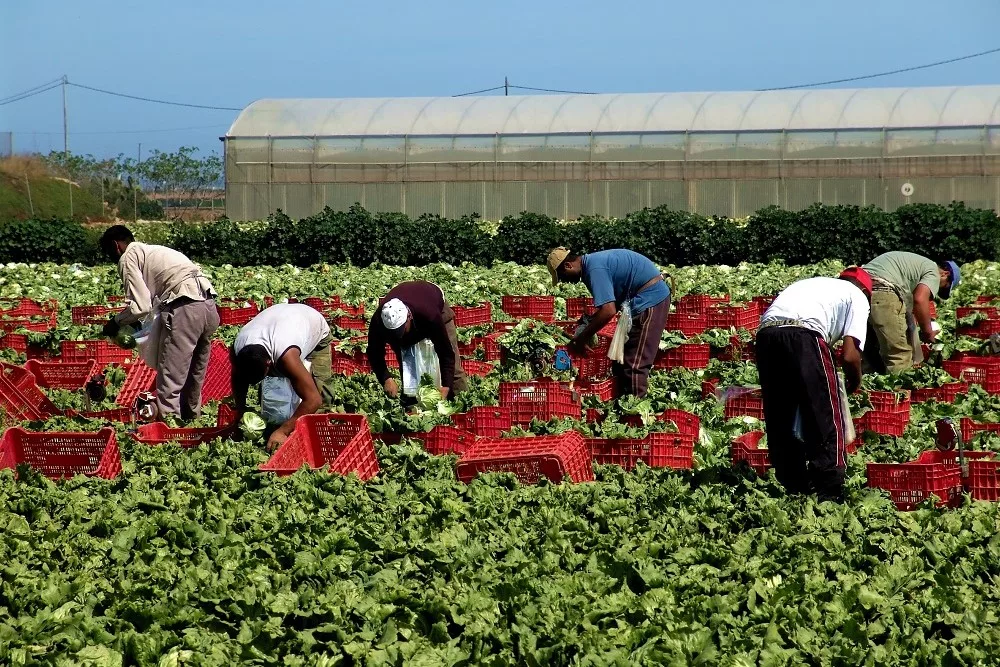Your browser doesn’t support HTML5 audio
Many U.S. ag companies are having trouble finding enough people to fill the jobs that are now available within the ag industry. However, one ag researcher says there are a number of different global factors that could create more challenges to finding ag labor in the years to come.
“Demographic changes going on around the world are not favorable for U.S. agricultural labor research food and agribusiness in North America,” according to Dr. Roland Fumasi, the head of RaboResearch Food & Agribusiness for North America.
He says there are two sides to the food production coin.
“On one side, nations around the world are becoming more developed. But there’s a flip side to that coin, and those same positive economic forces as countries develop around the world that are great for food demand also can put tremendous pressure on what is already a challenging farm labor situation.”
Fumasi adds that the trends and worker ages show that there are fewer younger workers in ag labor and more who are 50 years old or older.
“In previous decades, we added a lot of young people and that trend has significantly slowed down,” he says. “The driver of that is that birth rates are declining and that is one of the consequences of economic development in countries around the world. As countries get more economically developed, their birth rates decline.”
Fumasi says there are several factors for the U.S. to consider in order to keep an adequate ag workforce in coming decades—such as better immigration policies tied to agriculture, increasing pay rates, and generally making the U.S. more competitive overall in the ag labor space.
“That overall ‘pool’ or ‘pie’ will continue to get smaller,” he says. “Is there a way for us maybe to get a bigger slice of a smaller pie? Probably?”

